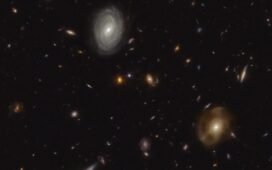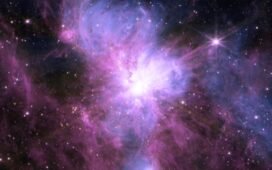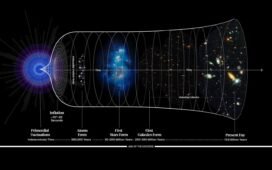There are a number of factors to consider when choosing where to build a telescope. These 3 locations, on their merits, surpass all others.
Astronomers observe the Universe by looking up.
The best observations demand that many factors be overcome.
For astronomy, gathering light undisturbed by the atmosphere is key.
Dark skies, free from light pollution, are mandatory.
High altitudes are also ideal, located “above” the thickest part of the atmosphere.















